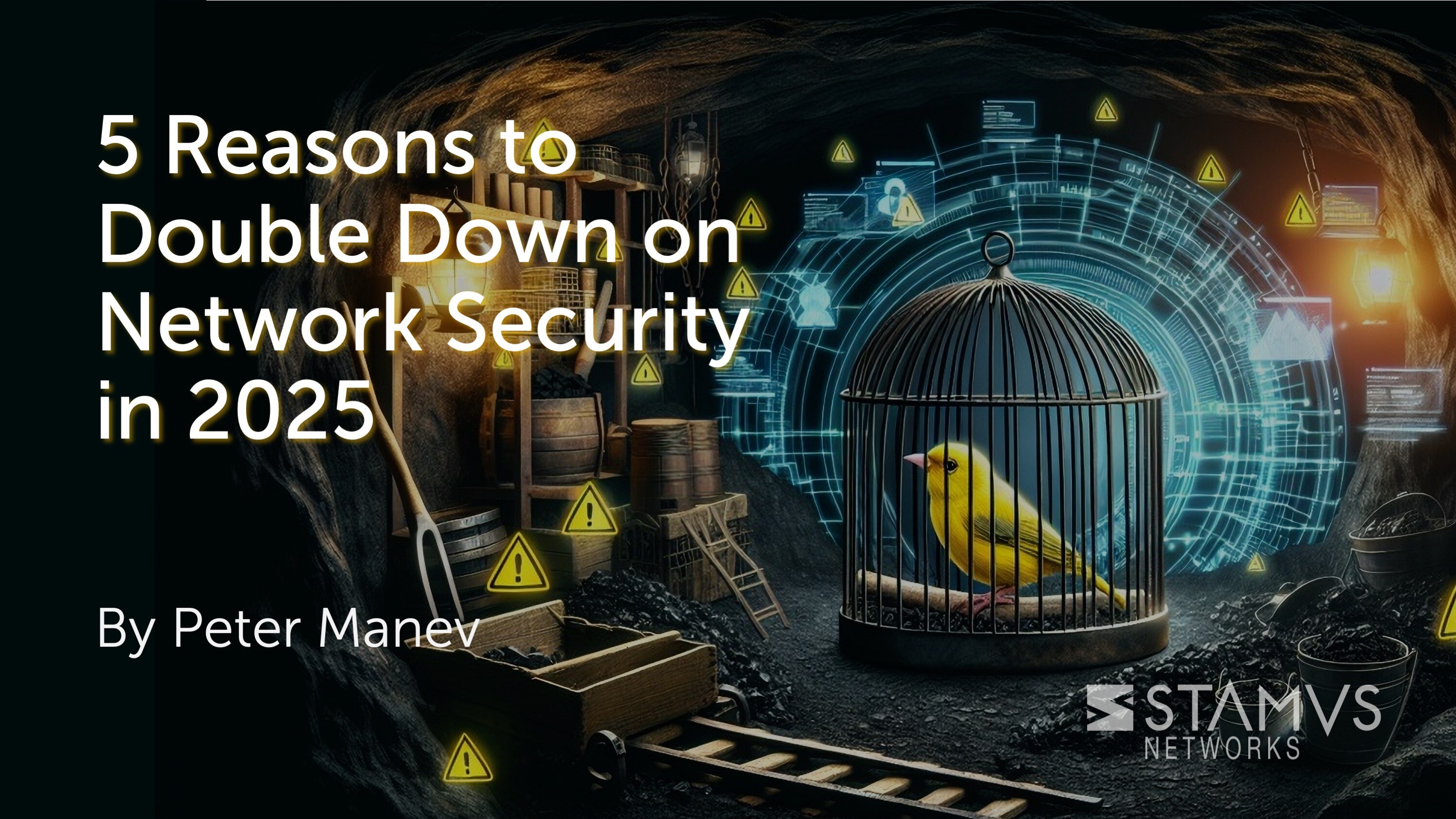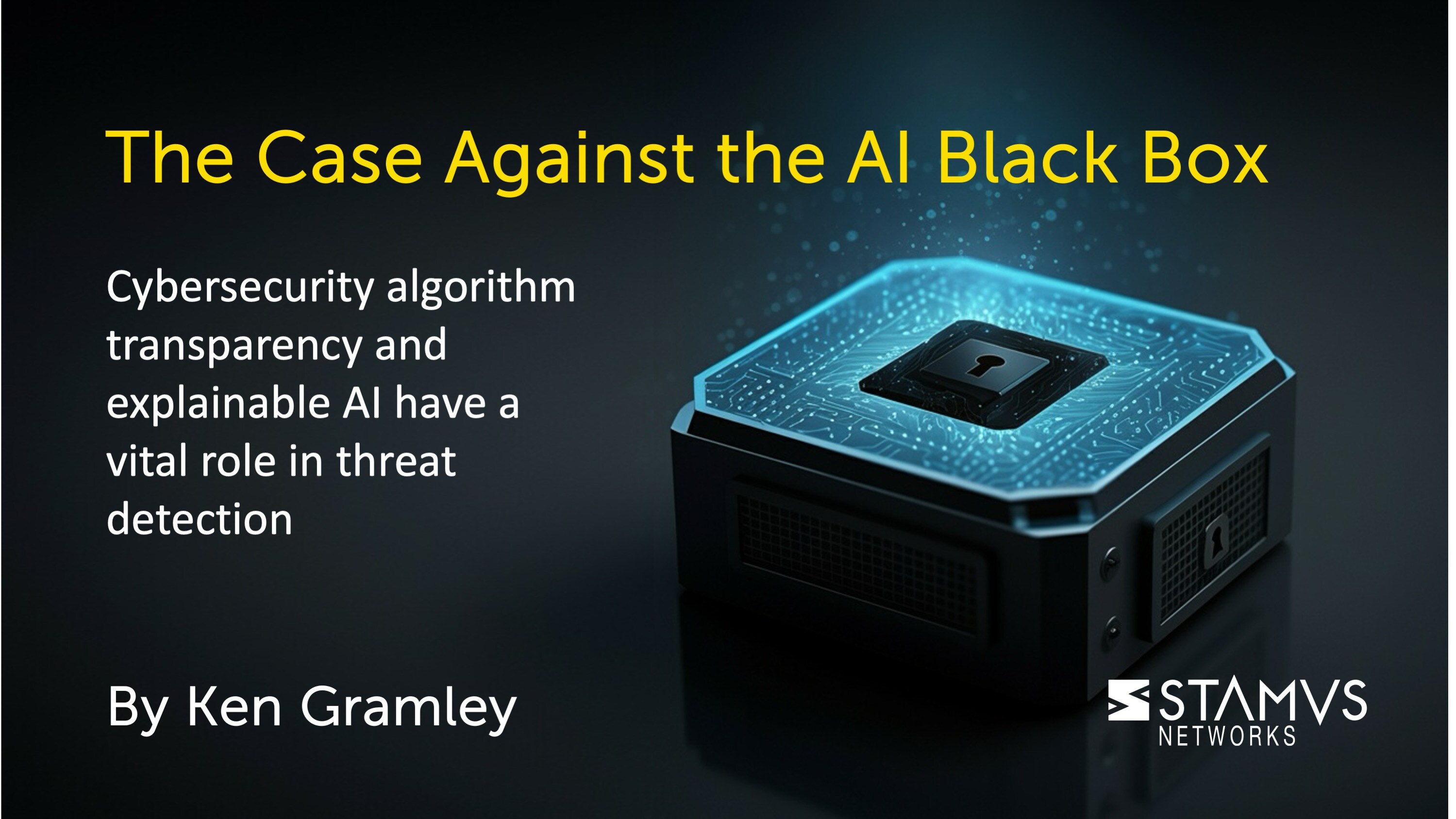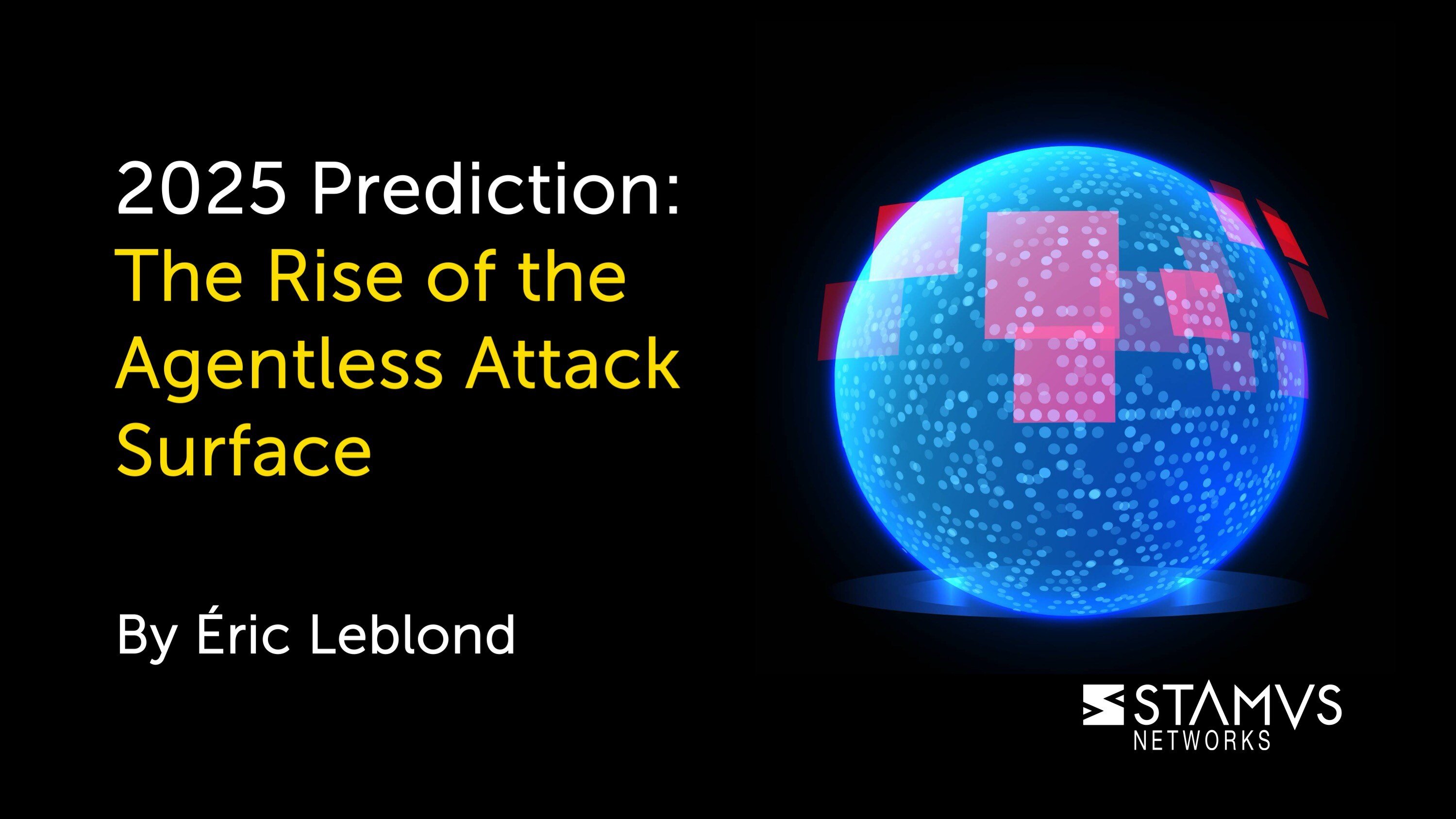NOTE: The following article was originally published 02 December 2024 on Help Net Security
Today, with the rise of work-from-anywhere and bring-your-own-device (BYOD) policies as well as the ongoing shift to cloud environments, we’re seeing a shift of equal magnitude as it is becoming increasingly clear that endpoint security tools alone cannot handle the new threat landscape.
Endpoint security is still an important tool. However, organizations should layer in a network monitoring, threat detection, and response strategy to achieve a more complete picture of risk and effectively mitigate it.
The following are five reasons why organizations must double down on network security now before bad actors find a way inside and cause irreparable harm to their business.
1. Agentless attack surfaces
Some environments – from IoT devices and OT to cloud environments and beyond – do not allow for the use of endpoint agents. In other scenarios, where endpoints may (in theory) have software agents installed, there might just be too many of them to secure, making it a near-impossible task. These agentless attack surfaces, or environments where endpoint agents are not an option, present a unique challenge for security teams.
Many cyber criminals view this lack of endpoint detection as an “open door” into the network. In these scenarios, network visibility is more critical than ever. When endpoint detection and response (EDR) tools are ineffective or not deployable, the network becomes the first line of defense to spot anomalous traffic before it’s too late.
2. Identifying lateral movement
Once access has been achieved, bad actors will often move laterally throughout a network to evade detection.
Every second that a cybercriminal sits on your network introduces greater risk as they collect information, and in many cases, wait until it’s time to strike and exfiltrate sensitive data. Ignoring the threat of lateral movement and lacking the tools to detect it early on can lead to major implications down the road and potentially allow cybercriminals to expand the scope of their attack.
3. Endpoint security bypass
Cybercriminals are getting more sophisticated by the day. Their techniques and methods to evade or disable security tools (e.g., EDR, AV, firewalls, and IDS) protecting endpoint devices are more advanced and successful than ever before.
Relying solely on endpoint defenses creates a single point of failure with no backstop if bypassed. That’s why it is critical for organizations to leverage a layered defense – including an EDR and network threat detection and response (NDR) combination – that should be viewed as a system of checks and balances.
No one tool is going to keep attackers out, and it’s important for defenders to have access to various solutions that provide different capabilities and sources of threat intelligence.
4. Cloud workflows
Cloud environments are dynamic, and the complexity of distributed systems demands holistic and continuous visibility into and monitoring of networks to identify abnormal traffic, unauthorized access, and potential threats.
Organizations can experience many benefits when migrating legacy solutions to the cloud, but that doesn’t mean cybersecurity risks go away once there. Instead, the same cybersecurity issues exist in a different context.
Doubling down on network solutions ensures that network communications are being monitored, providing greater visibility in both on-premises and network environments. This added layer of visibility serves as another layer of defense.
5. Network hygiene
In addition to monitoring for threats on assets, organizations must also be able to quickly detect and respond to unauthorized activities or policy violations on the network.
It’s also crucial that security analysts have detailed forensic information at their fingertips so they can act fast before further network movement occurs. And with the right network solutions, this response can be automated, so the most pressing threats are prioritized making overall incident response faster and more accurate.
Network security can’t take a back seat
Although the number of endpoints is ever expanding for many organizations, security teams cannot rely solely on this single point of truth when it comes to defending their cybersecurity posture.
The network holds a treasure trove for cybercriminals, and it’s the job of defenders to make sure they never get away with their loot by doubling down on network defenses before it’s too late.
To stay updated with new blog posts from Stamus Networks, make sure to subscribe to the Stamus Networks blog, follow us on Twitter, LinkedIn, and Facebook, or join our Discord.







